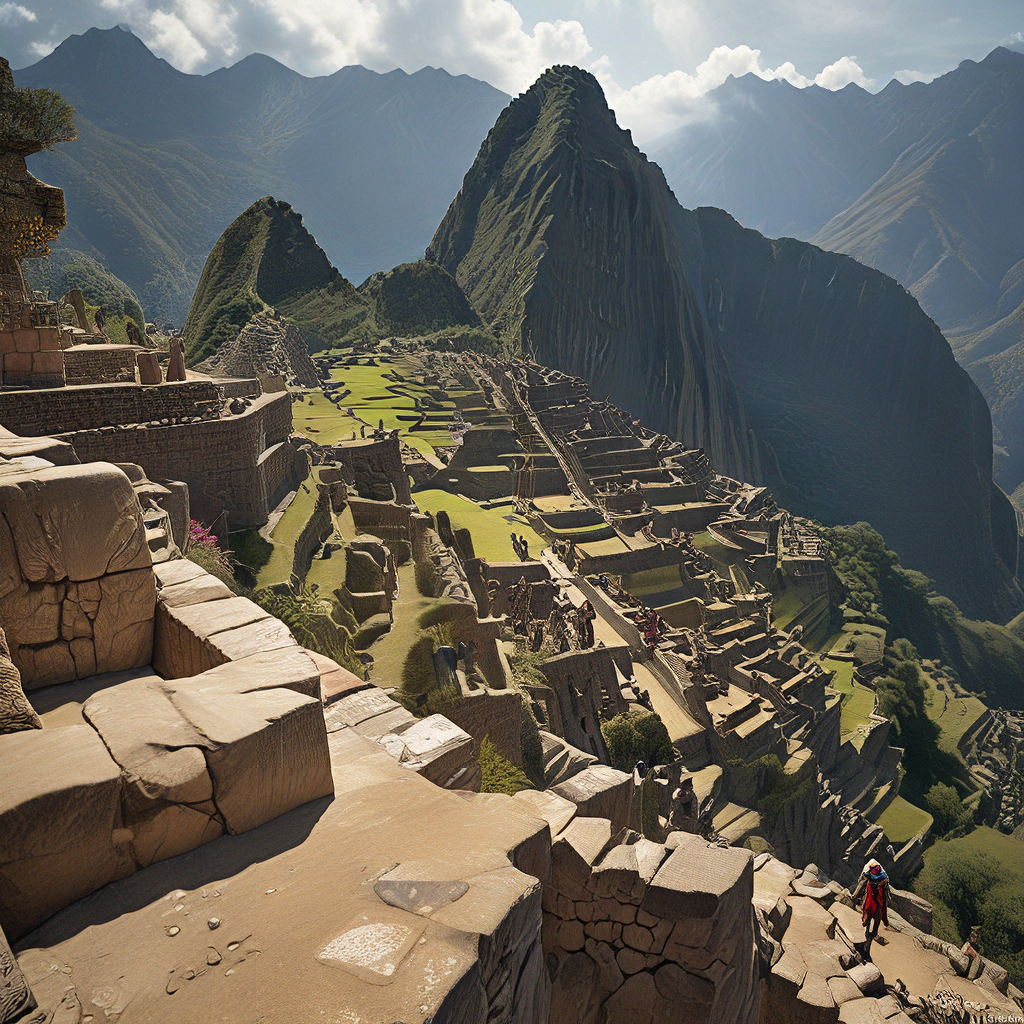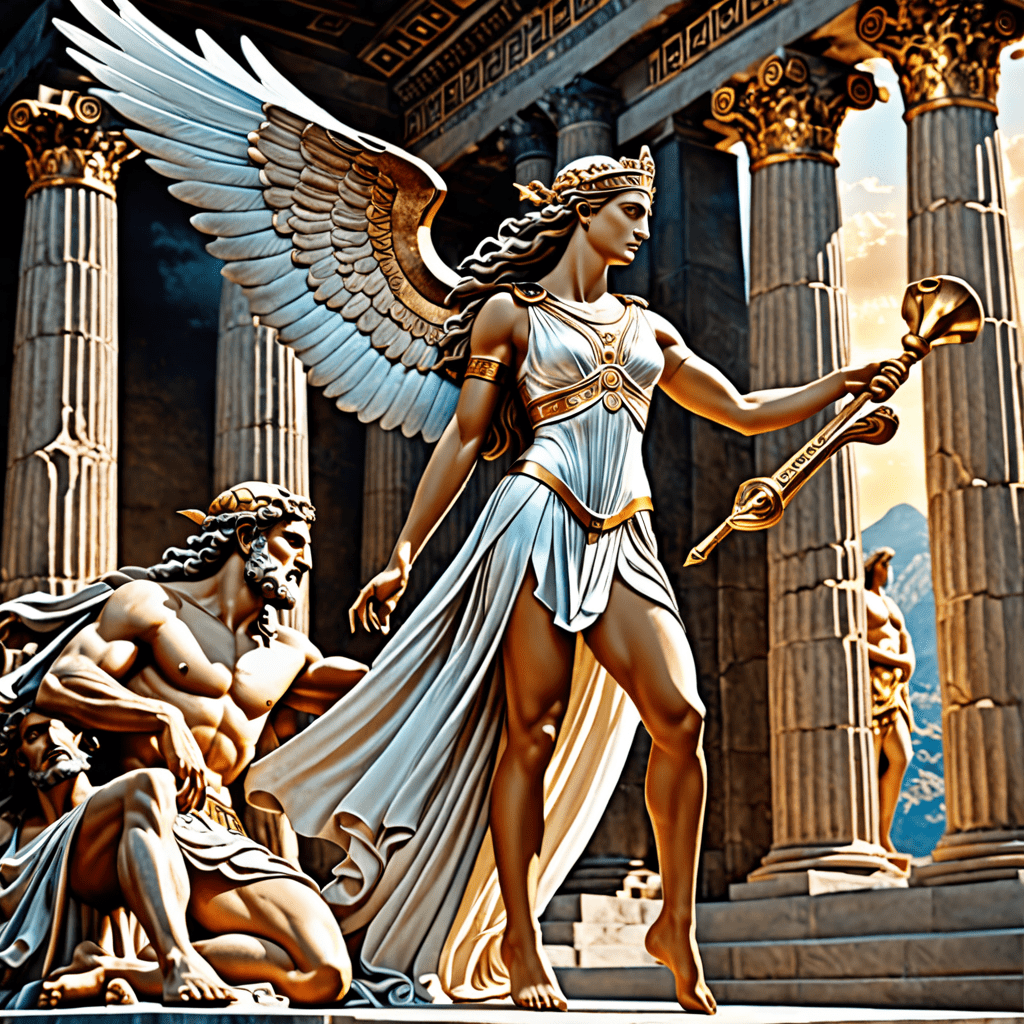The Myth of the Incan Architects: A Legacy of Mystery and Intrigue
The Incan Empire, a civilization that flourished in the Andes Mountains of South America from the 13th to the 16th centuries, left behind a remarkable legacy of architectural marvels. Their cities, with their intricate stonework, precise alignments, and awe-inspiring structures, continue to fascinate and bewilder historians, archaeologists, and curious minds alike. The Incan Empire, known for its intricate roads, sophisticated social structures, and remarkable architectural achievements, was a testament to human ingenuity and resilience. However, the methods and knowledge that enabled the Incas to build such remarkable structures remain shrouded in mystery and speculation. This article delves into the fascinating world of Incan architecture, exploring the myths and theories surrounding its construction and uncovering the secrets hidden within these ancient walls.
The Incan Empire: A Realm of Magnificent Cities
The Inca Empire, renowned for its vast territory spanning across the Andes Mountains, was a civilization celebrated for its intricate system of roads, sophisticated social structures, and its impressive architectural achievements. The Incan capital, Cusco, was a breathtaking city characterized by its meticulously crafted stonework, precise alignments, and awe-inspiring structures that reflected the empire’s power and grandeur. The Incas were master builders, leaving behind a legacy of meticulously crafted structures, each embodying their unique artistic sensibilities and cultural values. Their cities, such as Machu Picchu, Ollantaytambo, and Sacsayhuaman, stand as testaments to their architectural brilliance, showcasing a unique blend of functionality, artistry, and a deep connection to their sacred beliefs.
The Mythological Origins of Incan Architecture
The Incan people believed their cities were not merely physical creations but were imbued with a spiritual significance. Their mythology played a vital role in shaping their architectural style and construction practices. The Incas believed that their cities were designed with the guidance of the gods, and the precise placement of temples, palaces, and astronomical observatories reflected their deep reverence for the celestial bodies.
The Role of Divine Intervention in Incan Building: The Myth of Viracocha
The Incan creation myth centers around Viracocha, a powerful deity who, according to legend, emerged from Lake Titicaca and created the world, the stars, and the first humans. The Incas believed that Viracocha guided their ancestors in building their cities, providing them with divine knowledge and inspiration. They saw their cities as a tangible embodiment of Viracocha's divine will and a testament to their unique connection to the cosmos.
The Construction of Sacred Cities: A Testament to Divine Guidance
The Incas believed that their cities were not simply physical constructs but were sacred spaces infused with divine power. Their architecture reflected their deep reverence for the natural world and their belief in a interconnected universe. The meticulous placement of temples, palaces, and astronomical observatories demonstrated their profound understanding of the cosmos and their desire to align their cities with the celestial order. Each city was designed as a microcosm of the universe, symbolizing their belief that human life was intertwined with the divine.
The Theories of Incan Construction: From Myth to Reality
While the Incas attributed their architectural wonders to divine guidance, historians and archaeologists have sought to unravel the practical methods behind their construction. Several theories have emerged over time, each attempting to explain the Incan mastery of stonework, transportation, and construction techniques.
The “Lost Technology” Theory: Exploring the Possibility of Advanced Knowledge
Some believe that the Incas possessed advanced knowledge and technology that we are yet to understand. Proponents of this theory point to the precise fit and intricate designs of Incan stonework, suggesting that they may have used tools and techniques beyond our current comprehension. They argue that the Incas may have had knowledge of materials science, engineering principles, or even advanced tools that were lost over time.
The “Alien Intervention” Theory: A Controversial Perspective
Another theory proposes that the Incas received help from extraterrestrial beings. This theory often cites the precision and complexity of Incan structures, suggesting that they are beyond the capabilities of primitive technology. However, this theory lacks concrete evidence and remains largely discredited by mainstream academics.
The “Human Ingenuity” Theory: The Role of Skilled Craftsmanship and Labor
The most widely accepted theory focuses on the incredible skill and ingenuity of the Incan people. Archaeological evidence reveals that the Incas used sophisticated techniques of stone quarrying, shaping, and transportation. They developed tools like chisels, hammers, and ropes made from strong fibers. Their impressive labor force also played a crucial role in transporting and lifting massive stones, showcasing their understanding of leverage and coordination.
The Continuing Mystery of Incan Architecture: Unraveling the Secrets of the Past
The Incan Empire's architectural legacy continues to captivate and puzzle. While the "human ingenuity" theory provides the most plausible explanation, the intricate details and precise execution of Incan structures still raise questions. Ongoing archaeological research and analysis of Incan tools and techniques contribute to our understanding of their remarkable construction methods. The Incan Empire serves as a testament to the human ability to overcome seemingly insurmountable challenges, leaving behind a legacy of awe-inspiring structures that continue to inspire and amaze.
FAQ
Q: How did the Incas move massive stones for their buildings?
A: The Incas used a combination of skilled labor, tools, and a system of ramps and rollers to move large stones. They also utilized a rope system known as a "tipon," which allowed multiple people to pull heavy objects together.
Q: What is the significance of the Incan city of Machu Picchu?
A: Machu Picchu is a testament to the Incas' architectural prowess. It is a well-preserved city perched high in the Andes Mountains, showcasing intricate stonework, terraces, and a complex network of water channels. The city's purpose remains debated, but it is believed to have been a royal estate or a religious center.
Q: How does the Incan creation myth connect to their architecture?
A: The Incan creation myth, centered around the god Viracocha, served as a source of inspiration for their architecture. They believed that their cities were designed with divine guidance, aligning them with the cosmos. This belief encouraged the precise placement of buildings, temples, and astronomical observatories.
Q: Are there any modern-day structures that have been inspired by Incan architecture?
A: Some modern architects and designers draw inspiration from Incan principles of stonework, symmetry, and integration with the environment. However, it is important to remember that replicating Incan architecture is challenging due to the scale and complexity of their construction methods.



